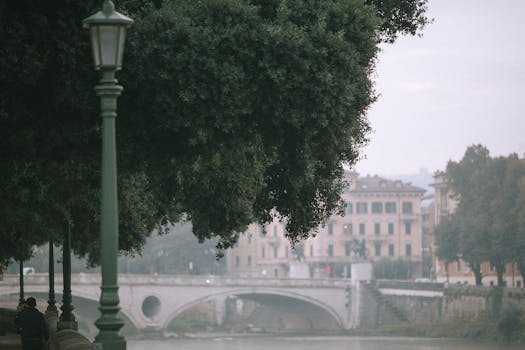
Urban Green Spaces: The Future of Outdoor Living in European Cities by 2025
Focus Keyword: Urban Green Spaces
Urban Green Spaces are becoming increasingly important in European cities as they provide a sustainable and healthy environment for citizens to live, work, and relax. By 2025, these spaces will play a crucial role in shaping the future of outdoor living in cities across the continent.
The Benefits of Urban Green Spaces
Urban Green Spaces offer numerous benefits, including improved air quality, reduced noise pollution, and enhanced biodiversity. They also provide opportunities for physical activity, social interaction, and mental well-being, making them an essential component of a healthy and sustainable urban environment.
European Cities Leading the Way
Cities such as Copenhagen, Stockholm, and Amsterdam are already investing heavily in urban green spaces, recognizing their importance in creating a high quality of life for citizens. These cities are incorporating green roofs, parks, and gardens into their urban planning, providing citizens with accessible and enjoyable outdoor spaces.
The Future of Outdoor Living
By 2025, urban green spaces will be an integral part of European cities, providing citizens with a unique and sustainable outdoor living experience. With the increasing focus on sustainability and environmental protection, these spaces will play a vital role in reducing the urban heat island effect, managing stormwater runoff, and promoting biodiversity.
Conclusion
In conclusion, urban green spaces are the future of outdoor living in European cities by 2025. As cities continue to grow and develop, it is essential to prioritize the creation and maintenance of these spaces, ensuring that citizens have access to healthy, sustainable, and enjoyable outdoor environments.
Recommendations for Cities
To create successful urban green spaces, cities should consider the following recommendations:
- Incorporate green infrastructure into urban planning
- Provide accessible and enjoyable outdoor spaces for citizens
- Prioritize sustainability and environmental protection
- Encourage community engagement and participation in the design and maintenance of urban green spaces
Case Studies
Several European cities have successfully implemented urban green spaces, providing valuable lessons for other cities to follow. For example:
- Copenhagen’s green roof initiative has reduced stormwater runoff and improved air quality
- Stockholm’s Royal National City Park has provided citizens with a unique and accessible outdoor space
- Amsterdam’s green infrastructure has helped to reduce the urban heat island effect and promote biodiversity
Challenges and Opportunities
While urban green spaces offer numerous benefits, there are also challenges to be addressed, including:
- Limited funding and resources
- Competeting interests and priorities
- Balancing the needs of different stakeholders
However, these challenges also present opportunities for innovation and creativity, such as:
- Public-private partnerships and collaborations
- Community-led initiatives and engagement
- Integrating technology and smart city solutions





